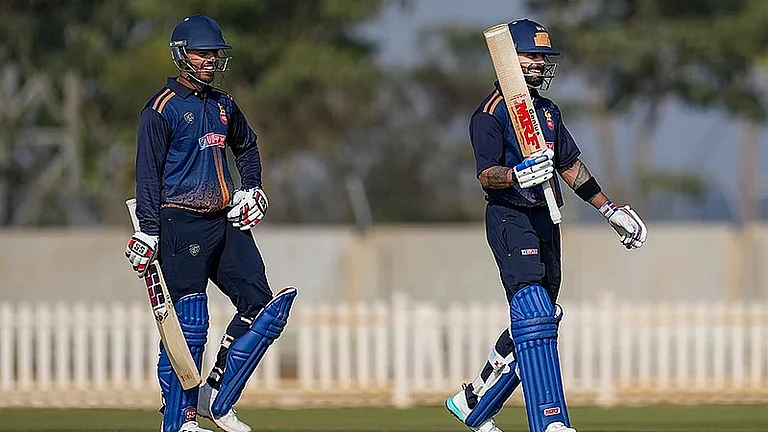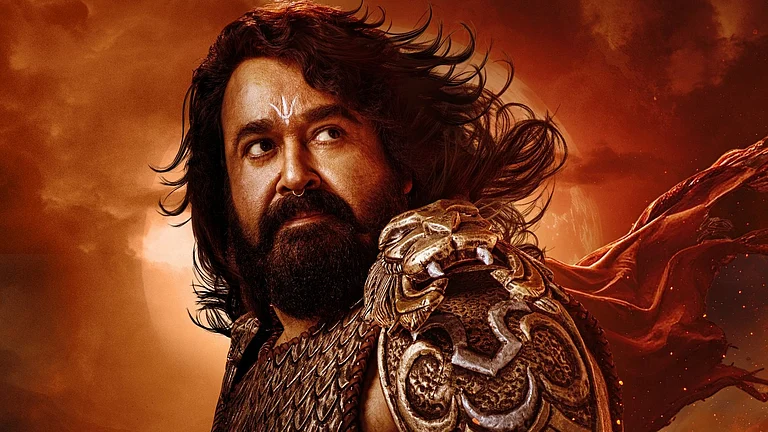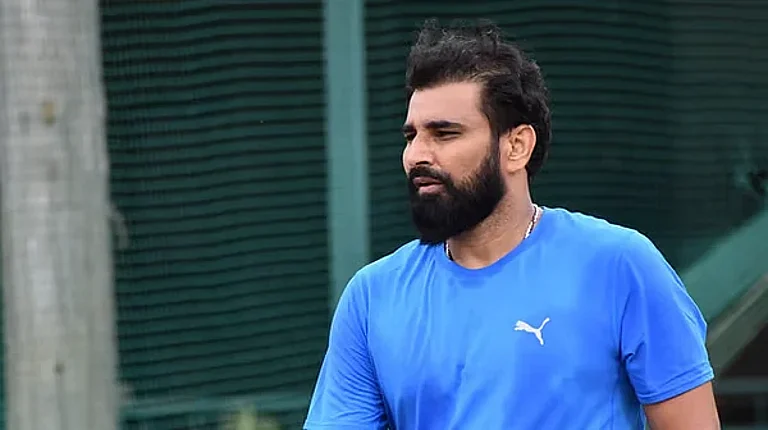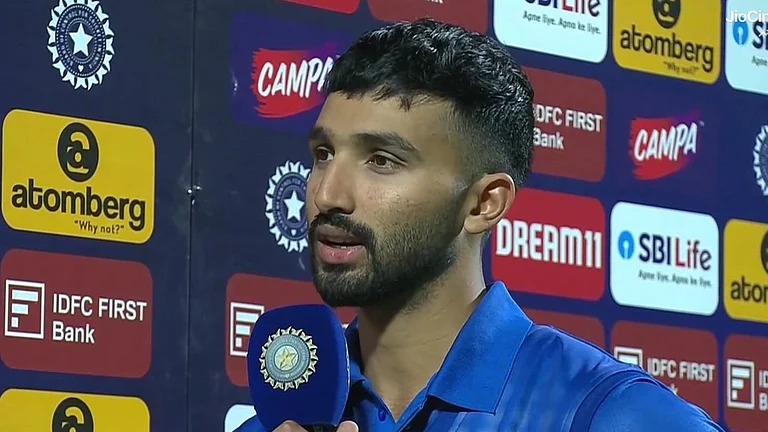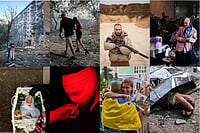The war in Nepal has acquired a false air of suspended animation; an impasseappears to have reached, with neither King nor rebel gaining ground - and thepolitical parties long relegated to the margins. But nothing could be moremisleading. Nepal is in continuous ferment, and the equation of power isshifting constantly, though it is yet to crystallize in an overwhelmingadvantage for any of the contending parties.
Among the more significant signs of the unsettling trend of developments wasa district-level meeting between representatives of the agitating politicalparties and Maoist insurgents in Humla, a remote district in the Karnali region,on July 28, 2005. While details of the discussions were unavailable, both sidesare said to have agreed to forge an alliance to continue their fight for therestoration of 'complete democracy' in Nepal, and the first signs of anagreement between the Maoists and the 'constitutional parties' are now emerging.
The current scenario developed after June 19, when seven political partiesagitating for the restoration of democracy urged the Maoists to shun violenceagainst their political activists and called for Maoist support for theirongoing pro-democracy movement. The seven-party alliance includes the NepaliCongress (NC), Nepali Congress - Democratic (NC-D), Communist Party of Nepal -United Maoist Leninist (CPN-UML), Nepal Workers and Peasants Party, People'sFront Nepal, Nepal Sadbhavana Party (Anandi) and United Left Front. Betweenthem, these parties exhaust an overwhelming proportion of the politicalmainstream, and leave out only the Rashtriya Prajatantra Party (RPP), apro-Palace group, among the country's major political forces.
The very next day, Maoist 'chairman', Pushpa Kamal Dahal alias Prachanda,sent out a 'positive signal', stating, "Earlier, we were surprised at theway the political parties had been conspiring, directly or indirectly, with thedespotic monarchy. Now, although late, the parties have given (their) commitmentto (a) constituent assembly, absolute democracy and an end to the despoticmonarchy." Subsequently, considering the "historic demand of themovement against authoritarianism as well as the request of the seven politicalparties", Prachanda issued strict directions to all organs of the party,the People's Liberation Army and the new 'People's Government', not to carry outphysical attacks on unarmed persons 'even if they are criminals'. Theseannouncements became stepping stones to an emerging alliance between theinsurgents and the constitutional parties.
Certain differences, however, do persist within the seven party allianceitself, regarding the approach to the Maoists. Even CPN-UML General Secretary,Madhav Kumar Nepal, urged caution, insisting on a peaceful movement forrestoration of democracy during a meeting on June 21, where he stated,"Parties cannot trust them (the Maoists) as they have repeatedly committedmistakes regardless of their commitments expressed earlier." Another seniorCPN-UML leader, Jhalnath Khanal added, "There exists (a) 'Pacific Ocean ofdistrust' between us. The Maoists need to walk several miles to fill thegulf."
On the other hand, the Chairman of RPP, Pashupati Shumshere Rana, had calledon all democratic forces to evolve a 'national consensus' between politicalparties and the Monarchy, and urged the formation of an 'all-party government'.
These contrary pulls and pressures were ironed out when the 'strongman' ofNepal politics and prominent leader of the seven-party alliance, NC PresidentGirija Prasad Koirala declared an 'open dialogue' with the Maoists to restorepeace and to bring the rebels into political mainstream, 'irrespective of theconsequences'. Responding to Koirala's statement, Prachanda expressed hisreadiness to collaborate with all political parties and called on them toconstitute an official negotiating team in order to create a "massivepeople's pressure for a democratic way out". Ruling out the possibilitiesof resumption of peace talks with the Royal Government, the Maoist politicalwing leader and politburo member, Baburam Bhattarai, declared further that hisparty was "not attempting a final military victory right now, but isworking for a negotiated political settlement either directly for a democraticrepublic or for the election to a Constituent Assembly."
Clearly, the incipient alliance between the Maoists and the political partiesis intended to isolate the Monarchy. The political parties have realisedincreasing frailty in the wake of the 'King's Coup' on February 1, 2005. TheMaoists had also, in the past, been heavily targeting the cadres of thepolitical parties, to curtail their activities and influence across the country,and had substantially eroded their capacities across much of the country -particularly in rural areas. The Maoist deal with the seven-party alliance cancreate the basis for the restoration of some political activity, and may also,over time, create the foundations of a joint mass movement to pressure - orremove - the King. In the immediate future, it could secure wider acceptance forthe Maoists in the international community, as they project the message thatthey are not against the idea of multiparty democracy in Nepal and are willingto settle the problem through a dialogue.
This certainly weakens the King's present position. The political partieshave already conceded the Maoists major demands for a Constituent Assembly andthe creation of a Republic and the abolition of the Monarchy as a centre ofpower in Nepal's political system. Analysts have long predicted that the longerKing Gyanendra continues to hold on to absolute power, the more he will push thebeleaguered political parties into a deal with the Maoists, and this appears tobe what is now happening.
The response from the palace has been a ominous warning, with Governmentspokesperson Tanka Dhakal describing the 'ongoing attempts for an alliance witha terrorist outfit' as 'unfortunate'. In a thinly veiled threat, he added,"If the parties join hands with the Maoists, the Government will be forcedto see them from the same viewpoint."
King Gyanendra has made claims that the situation in the country has'improved' since February 1, 2005. On July 28, he asserted there had been"considerable improvement… in the internal law and order situation ofNepal." In its efforts to strengthen the King's position, the RoyalGovernment had appointed the Chairmen and Vice Chairmen of 25 DistrictDevelopment Committees (DDC) on June 13 under the Local Autonomous GovernanceAct. These positions had been vacant since 2002. But the move has been far frompopular. Many of the nominated authorities had earlier been convicted undercorruption and criminal charges. Nor, indeed, are there significant signs of the'considerable improvement' the King has claimed in the law and order situation,with 1,331 persons killed during the six months of direct rule under KingGyanendra. Kathmandu's control over the West Central, Far West and Terai areasis now tenuous. Little of the North has ever been under formal governance. Andthe state's dominance of at least some of the eastern districts is alsoweakening. What remains is an iron control over a progressively beleagueredKathmandu Valley.
Little is expected to change in this stressful and unstable equilibrium overthe coming months. The rains preclude significant military and politicalactivity. Thereafter, however, there is reason to believe that the Maoists willseek to escalate their campaigns - combining overground and undergroundmovements to engineer disorders across the country, even as the King's isolation- both within the country, and from the international community of Kathmandu'serstwhile supporters - grows. At this stage, the political parties may easilybecome pawns in a possibly constitutional quest for absolute power. Failingthis, violent and potentially chaotic pathways will be explored.
P.G. Rajamohan is Research Associate, Institute for Conflict Management.Courtesy, the South Asia Intelligence Review of the South Asia TerrorismPortal.







